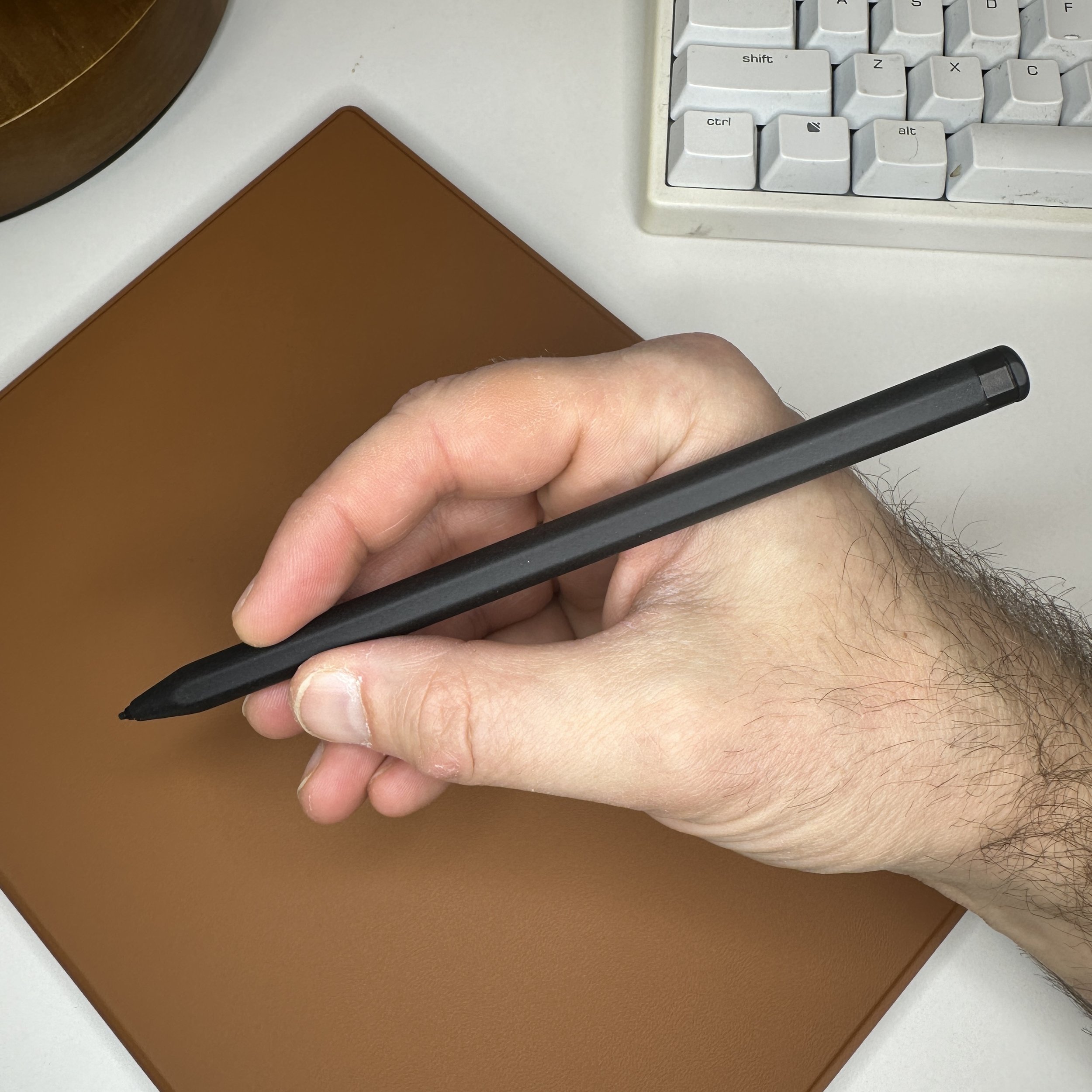I’ve taken some time this week to update another site resource, as part of an ongoing project that I plan to continue in response to reader feedback. Apparently many of you find these comprehensive resources helpful, especially for those new to fountain pens, inks, and quality paper!
This particular post, titled “Hierarchies of Fountain Pen Friendly Paper,” originated back in March 2021 in response to reader requests for an overall “guide” to fountain pen friendly paper. Honestly, there are so many different paper options out there that it’s impossible to rate, much less rank, them all, but this post grouping some of the more popular brands into “Tiers” of fountain pen friendliness has proven helpful to a lot of you so I’ll keep it going! I also want to maintain this as a “post”, as opposed to a “page”, because it has a rich comment section with lots of different recommendations for papers not yet available in the U.S. market. Today’s update adds a few new brands that I’ve discovered, and deletes some paper options that are no longer available due to their having been discontinued. Enjoy!
The Gentleman Stationer is supported entirely by purchases from the T.G.S. Curated Shop and pledges via the T.G.S. Patreon Program.
